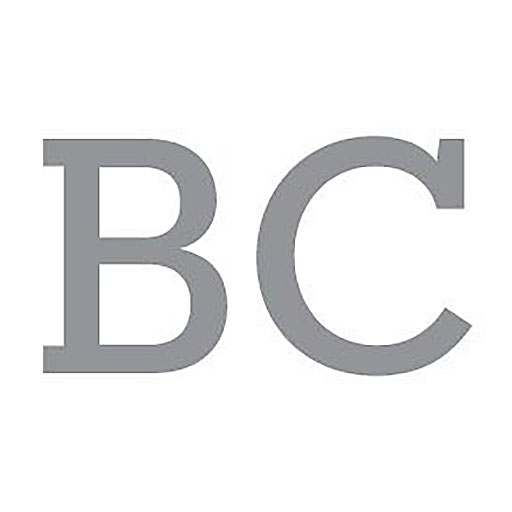Fresh and Fruity
It’s almost harvest season, so get inspired and nurture your inner Johnny Appleseed by planning your next produce plot.
Fall weather is about to set in, but it’s the perfect time to reflect on the fruit trees you envied all summer long and start looking for them “bare root” at local nurseries—the most economical way to begin your backyard orchard and share in our state’s most celebrated crops.
Fruit Tree Basics
First and foremost, prepare a proper location for your fruit tree:
Sun: Usually six hours of sun each day, but some varieties can get by with four or five hours.
Size: Even “dwarf” trees grow 10 to 15 feet tall and comparably wide. To select the right plant for your yard, be sure to read the tag.
Water: Fruit trees require plenty of water during their first few years. Water deeply once a week for the first year, and twice weekly during the dry season.
Apples and Pears
While it’s not too serious, apples and pears are susceptible to scab in our area—a fungal disease that leaves an unsightly pox on an apple or pear’s skin. It will save you a lot of grief to start with resistant varieties.
For apples, try William’s Pride, Pristine, Dayton, Liberty, or Belmac. If the possibility of a little scabbed skin doesn’t faze you, however, consider Zestar—a new and sweet variety with a slight aftertaste of brown sugar—or Cox’s Orange Pippin, arguably the most popular pomme in England for its incredibly crispy, sweet flavor.
As for European pears, Orcas, Ubileen, and Harrow Delight are scab-resistant, all-around winners. Fortunately, if you prefer pears from west of the Pacific, Asian pears are a different genus altogether, so there is no need to worry about scabs.
For small spaces, espalier-trained apples will fit snugly against a wall or can even become a fence themselves. Another option is the multi-grafted tree with up to five different varieties grafted onto one stalk. You’ll get the cross-pollination and variety selection without having to plant an orchard!
Stone Fruits
Asian and European plums thrive in the Pacific Northwest. The most noticeable difference between the two is how their stones (pits) adhere to the flesh: Asian plums are plump and stone-clinging, making them better suited for fresh eating than drying or canning, while their European cousins—also called prunes—are “freestone” or detached from the flesh, meaning their flavor is a little drier yet concentrated.
A few favorite Asian varieties include the yellow-skinned Shiro and red-skinned and yellow-fleshed Beauty, while freestone lovers can stick with the quick-ripening Italian favorite Stanley or prolific and pink English treasure, Victoria.
For cherry lovers, it is helpful to select a variety impervious to cracking—a common plight in our wet climate. Fans of deep black Bing should opt instead for Lapins, a crack-resistant twin. An appropriately named red variety, Stella, is a delicious and split-free option.
On the fuzzy side of the spectrum, Frost has a reputation as the only peach that reliably produces in our area. But while it’s resistant to the dreaded peach leaf curl, it still requires a heavy pruning to produce fruit. Less devoted peach lovers might consider leaving the work to Eastern Washington.
The Unusual
You can also enjoy the fruits of the Middle East, Asia, and everywhere in between from the comfort of your Eastside backyard. Local nurseries offer fig, mulberry, persimmon, paw paw, medlar, quince, crabapple, jujube (aka Chinese date) and many others that are suited for our climate.



